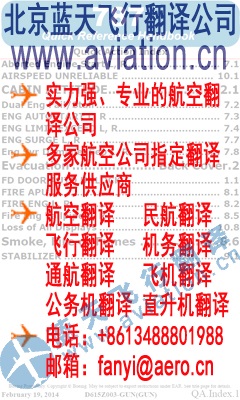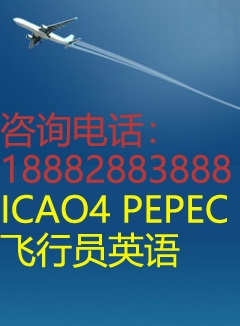|
曝光台 注意防骗 网曝天猫店富美金盛家居专营店坑蒙拐骗欺诈消费者
Planet Spacing The spacing between planet in a planetary con.guration must be such that their separation angle, Ψ, must be an in-teger multiple of the least mesh angle given by 2π λ = (7) Ns + Nr
Fig. 7. Planetary Gear Example (OH-58C) When all planets are equally spaced, they system has cyclic symmetry and its natural frequencies and modes have a well-de.ned structure. (Ref. 24) The FM4 condition indicator has performed well for gear pair con.gurations. However, they have shown to be ineffective on the individual components of a planetary sys-tem. (Ref. 25) TSA has proven to be an effective tool to isolate non-commensurate dynamics. While this may be able to isolate the planetary system from others, it does not isolate the individual components of the planetary system. In 1990, McFadden introduced a method called vibration separation that allows for standard condition indicators to be applied directly to individual components of a planetary gear. Vibration separation is a signal processing technique used on planetary gear systems for the purpose of isolating dynamics associated with a single planet, sun, or ring gear. It involves extracting a subset of a measured acceleration signal at a time when a given planet is aligned with that ring-mounted accelerometer. This extraction is then used to synthesize a new signal, termed the Vibration Separation Vector , that represents the dynamics of the target gear. The underlying assumption is that the extracted signals are dom-inated by the simultaneous meshing of the aligned planet’s teeth with the ring and sun gears and that averaging can be used to expose the sought-after dynamics. The target gear’s tooth engagement schedule is computed and is used to match extracted data with each of the target gear’s teeth. 直升机网 www.helicopter.cn 直升机翻译 www.aviation.cn 本文链接地址:Sun Gear Fault Detection on an OH-58C Helicopter Transmission(10) |




